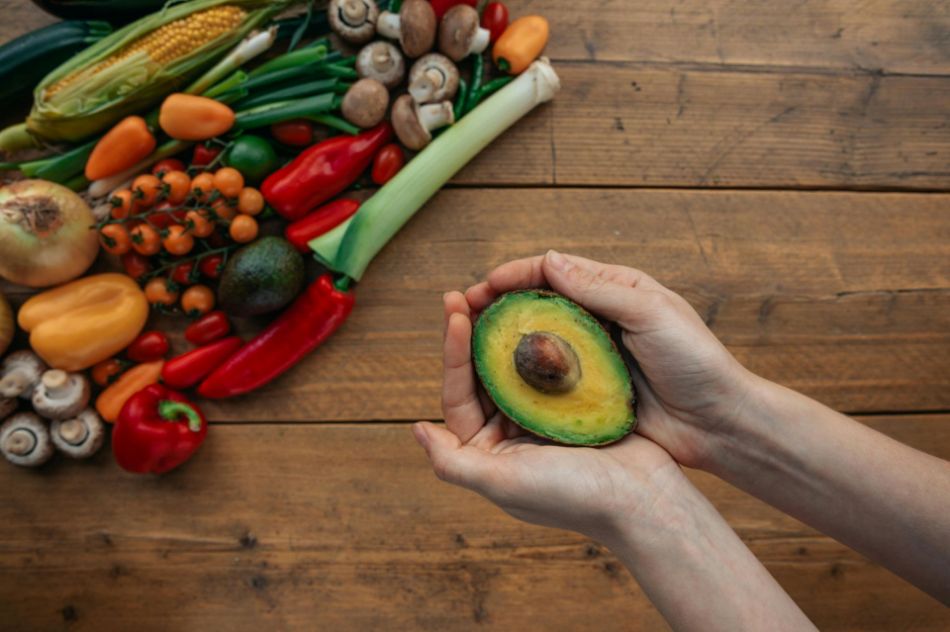In the vast landscape of superfoods, mushrooms hold a unique and often underestimated position. These extraordinary organisms, straddling the plant and animal kingdoms, hide nutritional and medicinal properties that few other foods can match. In this article, we will explore in detail which mushrooms are superfoods, analyzing their chemical composition, scientifically proven benefits, and how to best incorporate them into our daily diet.
What makes mushrooms true superfoods?
Before delving into which mushrooms are superfoods, it's essential to understand what sets these organisms apart from most other foods. Mushrooms represent a distinct nutritional category, with unique characteristics that make them particularly valuable for our health.
The unique nutritional composition of mushrooms
Edible mushrooms are rich in essential nutrients with an extremely low caloric intake. According to data from the USDA (United States Department of Agriculture), 100 grams of raw mushrooms contain on average:
| Nutrient | Amount (per 100g) | % Daily Requirement |
|---|---|---|
| Protein | 3.1 g | 6% |
| Fiber | 1.0 g | 4% |
| Vitamin D | 0.2 µg | 1% |
| Selenium | 9.3 µg | 17% |
| Potassium | 318 mg | 9% |
But what truly makes mushrooms superfoods is the presence of unique bioactive compounds like beta-glucans, triterpenoids, and specific antioxidants such as ergothioneine, which our bodies cannot produce on their own.
Ergothioneine: the exclusive mushroom antioxidant
A study published in the Journal of Nutritional Biochemistry demonstrated that ergothioneine, a sulfur-containing amino acid found almost exclusively in mushrooms, possesses unique antioxidant and anti-inflammatory properties. This compound can protect cellular DNA from oxidative damage better than many other common antioxidants.
Which mushrooms are superfoods? The ranking of the most potent varieties
Not all mushrooms have the same nutritional properties. Some varieties stand out particularly for their nutrient density and the medicinal compounds they contain. Here’s a detailed overview of the mushrooms that fully deserve the title of superfood.
Reishi (Ganoderma lucidum): the emperor of medicinal mushrooms
In traditional Chinese medicine, Reishi is known as the "mushroom of immortality." Recent scientific research has confirmed many of its traditional properties:
- Contains over 400 different bioactive compounds (triterpenoids, polysaccharides, peptides)
- Powerful immune system modulator (study published in Phytomedicine)
- Reduces oxidative stress by 35% in 4 weeks (randomized clinical trial)
- Improves sleep quality and reduces anxiety
How to consume Reishi
Being too woody to be eaten fresh, Reishi is generally taken as:
- Mother tincture (1-2 ml 3 times a day)
- Dried powder (1-3 g per day)
- Concentrated extract (standardized to 30% polysaccharides)
The scientifically proven benefits of mushroom superfoods
Regularly incorporating medicinal mushrooms into your diet can provide measurable health benefits. Let’s look in detail at the most significant scientific evidence.
Effects on the immune system
A 2020 meta-analysis published in Molecules analyzed 27 clinical studies on the immunomodulatory effects of mushrooms:
| Mushroom | Immune Effect | Scientific Evidence |
|---|---|---|
| Shiitake | 25% increase in NK cells | Level 1 (clinical studies) |
| Maitake | Macrophage stimulation | Level 2 (animal studies) |
| Cordyceps | Cytokine modulation | Level 1 (clinical studies) |
Anti-aging and neuroprotective effects
A longitudinal study published in Advances in Nutrition followed 13,000 elderly individuals for 10 years, showing that:
- Those who consumed mushrooms 3+ times/week had a 34% lower risk of cognitive decline
- The effect is attributed to ergothioneine and phenolic compounds
- Mushrooms stimulate the production of brain-derived neurotrophic factor (BDNF)
How to incorporate mushroom superfoods into your daily diet
Incorporating mushrooms into your diet isn’t complicated, but it requires some care to maximize their benefits. Here’s a practical guide based on the latest research.
Fresh vs. dried vs. extract consumption
The preparation method significantly influences nutrient bioavailability:
| Method | Advantages | Disadvantages |
|---|---|---|
| Fresh | Complete nutrient intake, better taste | Lower concentration of active compounds |
| Dried | 10x concentration of some compounds, easy storage | Loss of heat-sensitive vitamins |
| Extracts | Maximum bioavailability, standardization | High cost, industrial process |
The ideal cooking method to preserve nutrients
A 2018 study compared different cooking methods:
- Microwave (3 min): preserves 85% of antioxidants
- Grilling (5 min): retains 78% of active compounds
- Boiling (10 min): loses up to 40% of water-soluble nutrients
Superfoods: mushrooms as a pillar of mindful eating
From this in-depth analysis, it’s clear why mushrooms deserve the classification of superfoods. With their unique combination of essential nutrients, bioactive compounds, and scientifically validated medicinal properties, they represent one of the smartest additions we can make to our daily diet. Whether it’s common button mushrooms or the most prized medicinal varieties, the important thing is to consume them regularly, favoring preparation methods that preserve their precious nutrients.
The fungal kingdom is a universe in continuous evolution, with new scientific discoveries emerging every year about their extraordinary benefits for gut health and overall well-being. From now on, when you see a mushroom, you will no longer think only of its taste or appearance, but of all the therapeutic potential it holds in its fibers and bioactive compounds. ✉️ Stay connected - Subscribe to our newsletter to receive the latest studies on: Nature offers us extraordinary tools to take care of our health. Fungi, with their unique balance between nutrition and medicine, represent a fascinating frontier we are only beginning to explore. Continue to follow us to discover how these extraordinary organisms can transform your approach to well-being.Continue your journey into the world of fungi










